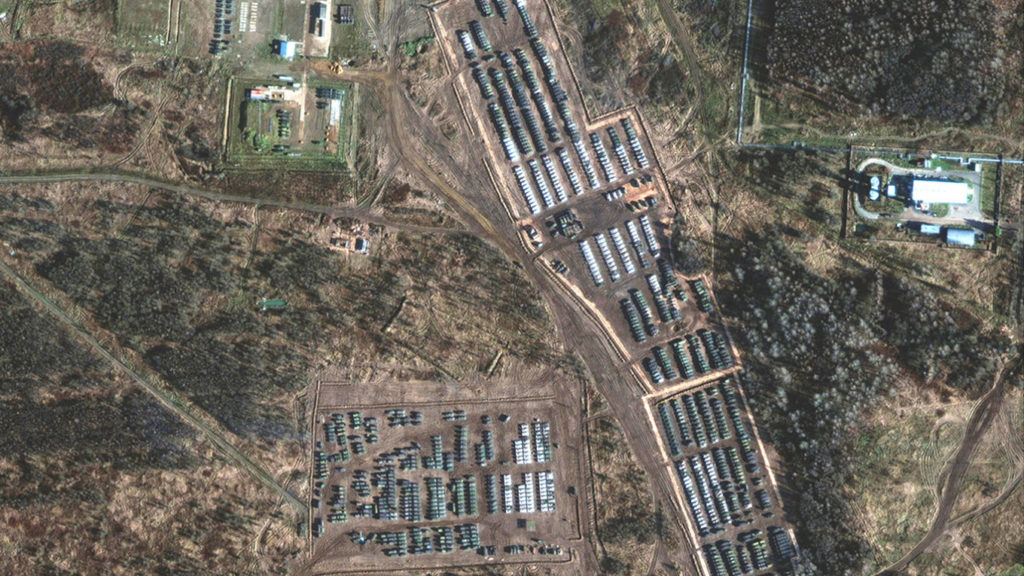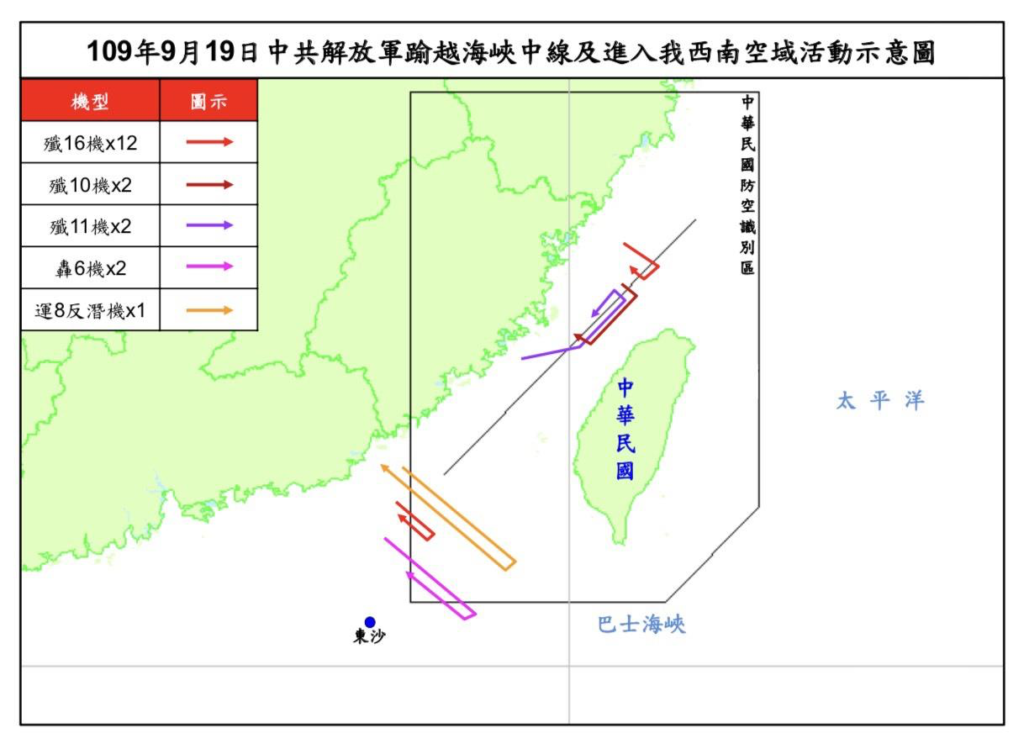In the build up to the Xmas holidays I was interviewed by two mainstream media outlets about the recently released (December 2021) Defence Assessment Report and last week’s 5 Eyes Communique that included New Zealand as a signatory. The common theme in the two documents was the threat, at least as seen through the eyes of NZ’s security community, that the PRC increasingly poses to international and regional peace and stability. But as always happens, what I tried to explain in hour-long conversations with reporters and producers inevitably was whittled down into truncated pronouncements that skirted over some nuances in my thought about the subject. In the interest of clarification, here is a fuller account of what is now being described as a “shift” in NZ’s stance on the PRC.
Indeed, there has been a shift in NZ diplomatic and security approaches when it comes to the PRC, at least when compared to that which operated when he Labour-led coalition took office in 2017. But rather than sudden, the shift has been signalled incrementally, only hardening (if that is the right term) in the last eighteen months. In July 2020, the the wake of the ill-fated Hong Kong uprising, NZ suspended its extradition treaty with Hong Kong, citing the PRC passage of the Security Law for Hong Kong and its negative impact on judicial independence and the “one country, two systems” principle agreed to in the 1997 Joint UK-PRC Declaration on returning Hong Kong to Chinese control. At the same time NZ changed its sensitive export control regime so that military and “dual use” exports to HK are now treated the same as if they were destined for the mainland.
In November 2020 NZ co-signed a declaration with its 5 Eyes partners condemning further limits on political voice and rights in HK with the postponment of Legislative elections, arrests of opposition leaders and further extension of provisions of the mainland Security Law to HK. The partners also joined in condemnation of the treatment of Uyghurs in Yinjiang province. In April 2021 Foreign Minister Nanaia Mahuta gave her “Dragon and Taniwha” speech where she tried to use Maori allegories to describe the bilateral relationship and called for NZ to diversify its trade away from overly concentrated partnerships, using the pandemic supply chain problems as an illustration as to why.
She also said that NZ was uncomfortable with using the 5 Eyes intelligence partnership as a public diplomacy tool. I agree completely with that view, as there are plenty of other diplomatic forums and channels through which to express displeasure or criticism. The speech did not go over well in part because NZ business elites reacted viscerally to a large tattooed Maori woman spinning indigenous yarns to a mainly Chinese and Chinese-friendly audience (and other foreign interlocutors further afield). From a “traditional” (meaning: white male colonial) perspective the speech was a bit odd because it was long on fable and imagery and short on “hard” facts, but if one dug deeper there were plenty of realpolitik nuggets within the fairy dust, with the proper context to the speech being that that Labour has an agenda to introduce Maori governance principles, custom and culture into non-traditional policy areas such as foreign policy. So for me it was the balancing act bookended by the trade diversification and 5 Eyes lines that stood out in that korero.
Less than a month later Prime Minister Ardern spoke to a meeting of the China Business Summit in Auckland and noted that “It will not have escaped the attention of anyone here that as China’s role in the world grows and changes, the differences between our systems – and the interests and values that shape those systems – are becoming harder to reconcile.” That hardly sounds like appeasement or submission to the PRC’s will. Even so, Mahuta and Ardern were loudly condemned by rightwingers in NZ, Australia, the UK and US, with some going so far as to say that New Zealand had become “New Xiland” and that it would be kicked out the 5 Eyes for being soft on the Chinese. As I said at the time, there was more than a whiff of misogyny in those critiques.
In May 2021 the Labour-led government joined opposition parties in unanimously condemning the PRC for its abuse of Uyghur human rights. The motion can be found here.
In July 2021 NZ Minister of Intelligence and Security Andrew Little publicly blamed China-based, state-backed cyber-aggressors for a large scale hacking attack on Microsoft software vulnerabilities in NZ targets. He pointed to intolerable behaviour of such actors and the fact that their operations were confirmed by multiple Western intelligence agencies. He returned to the theme in a November 2021 speech given at Victoria University, where he reiterated his concerns about foreign interference and hacking activities without mentioning the PRC by name as part of a broad review of his remit. Rhetorical diplomatic niceties aside, it was quite clear who he was referring to when he spoke of state-backed cyber criminals (Russia is the other main culprit, but certainly not the only one). You can find the speech here.
In early December 2021 the Ministry of Defense released its Defense Assessment Report for the first time in six years. In it China is repeatedly mentioned as the major threat to regional and global stability (along with climate change). Again, the issue of incompatible values was noted as part of a surprisingly blunt characterisation of NZ’s threat environment. I should point out that security officials are usually more hawkish than their diplomatic counterparts, and it was the Secretary of Defense, not the Minister who made the strongest statements about China (the Secretary is the senior civil servant in the MoD; the Minister, Peeni Henare, spoke of promoting Maori governance principles based on consensus and respect into the NZDF (“people, infrastructure, Pacifika”), something that may be harder to do than say because of the strictly hierarchical nature of military organisation. At the presser where the Secretary and Minister spoke about the Report, the uniformed brass spoke of “capability building” based on a wish list in the Report. Let’s just say that the wish list is focused on platforms that counter external, mostly maritime, physical threats coming from extra regional actors and factors rather than on matters of internal governance.
Then came the joint 5 Eyes statement last week, once again reaffirming opposition to the erosion of Hong Kong’s autonomy and its gradual absorption into the Chinese State. Throughout this period NZ has raised the issue of the Uyghurs with the PRC in bilateral and multilateral forums, albeit in a quietly diplomatic way.
I am not sure what exactly led to NZ’s shift on the PRC but, rather than a sudden move, there has been a cooling, if not hardening trend during the last eighteen months when it comes to the bilateral relationship. The decision to move away from the PRC’s “embrace” is clear, but I have a feeling that something unpleasant may have occurred in the relationship (spying? influence operations? diplomatic or personal blackmail?) that forced NZ to tighten its ties to Western trade and security networks. The recently announced UK-NZ bilateral FTA is one step in that direction. AUKUS is another (because if its spill-over effect on NZ defense strategy and operations).
What that all means is that the PRC will likely retaliate sometime soon and NZ will have to buckle up for some material hardship during the transition to a more balanced and diversified trade portfolio. In other words, it seems likely that the PRC will respond by shifting its approach and engage diplomatic and economic sanctions of varying degrees of severity on NZ, if nothing else to demonstrate the costs of defying it and as a warning to those similarly inclined. That may not be overly burdensome on the diplomatic and security fronts given NZ’s partnerships in those fields, but for NZ actors deeply vested/invested in China (and that means those involved in producing about 30 percent of NZ’s GDP), there is a phrase that best describes their positions: “at risk.” They should plan accordingly.
Along with the New Year, there is the real possibility that, whether it arrives incrementally or suddenly, foreign policy darkness lies on the horizon.



